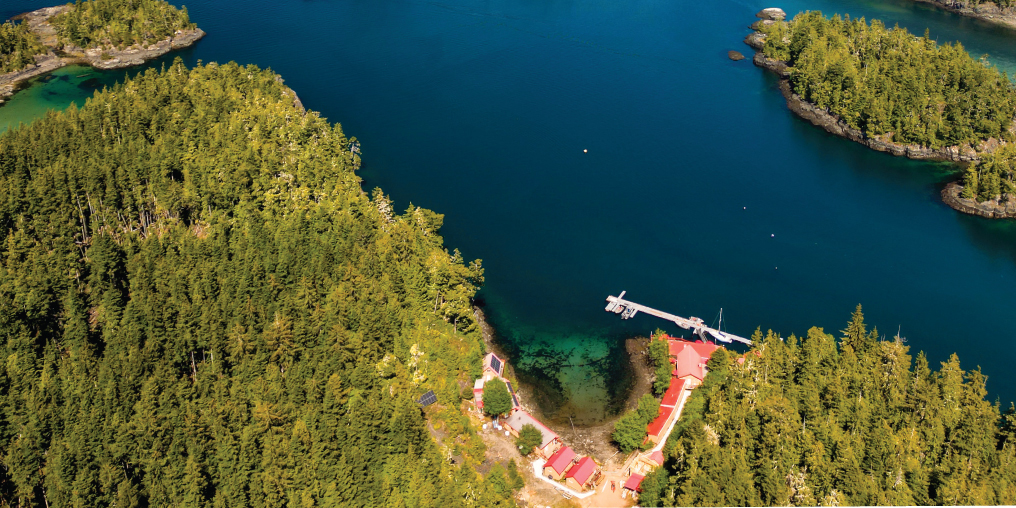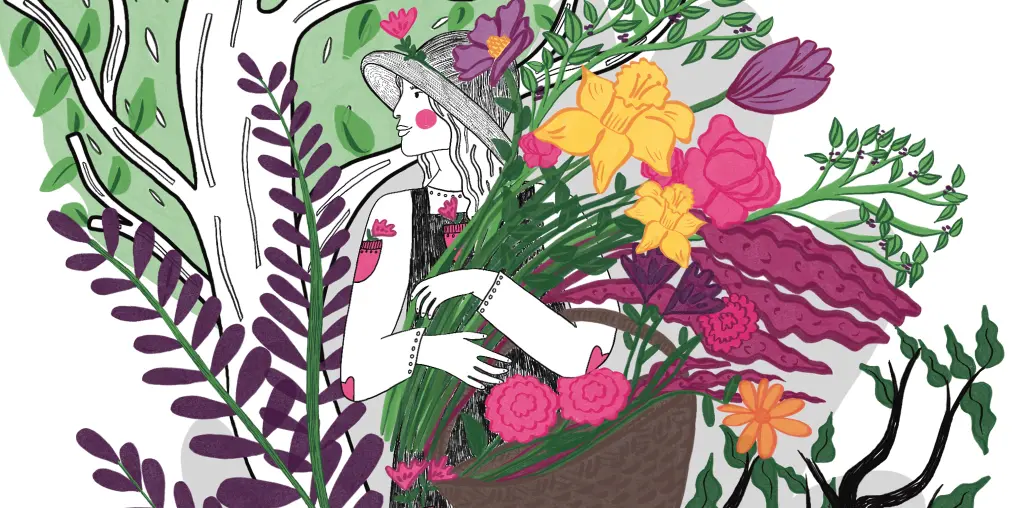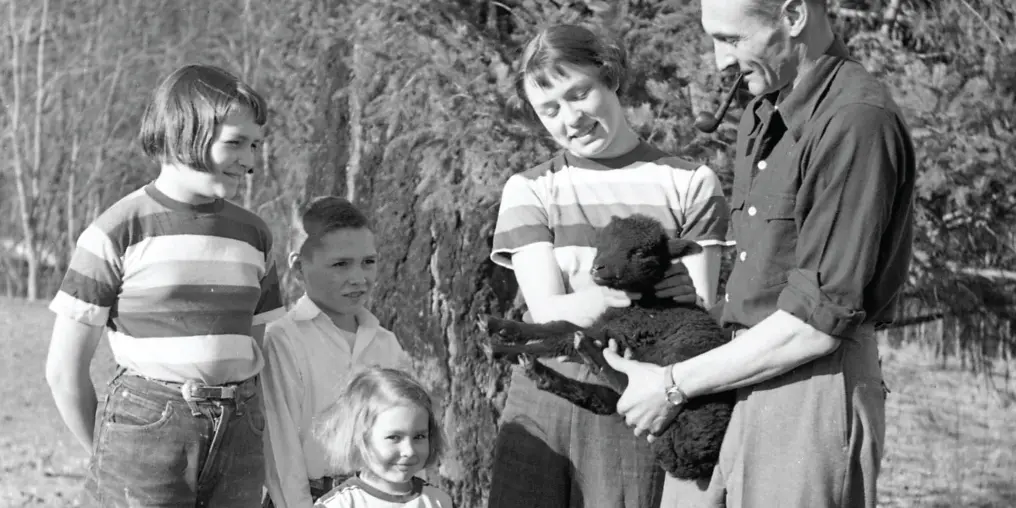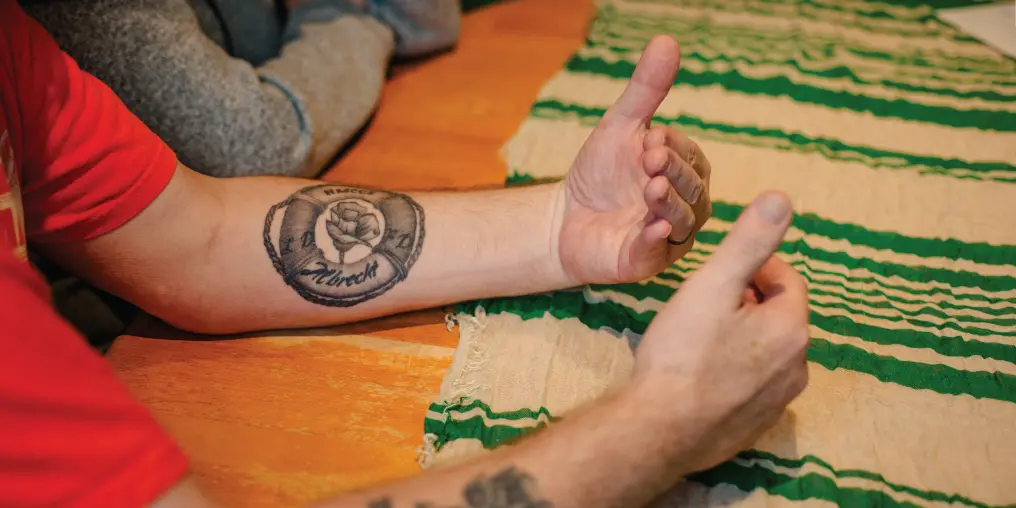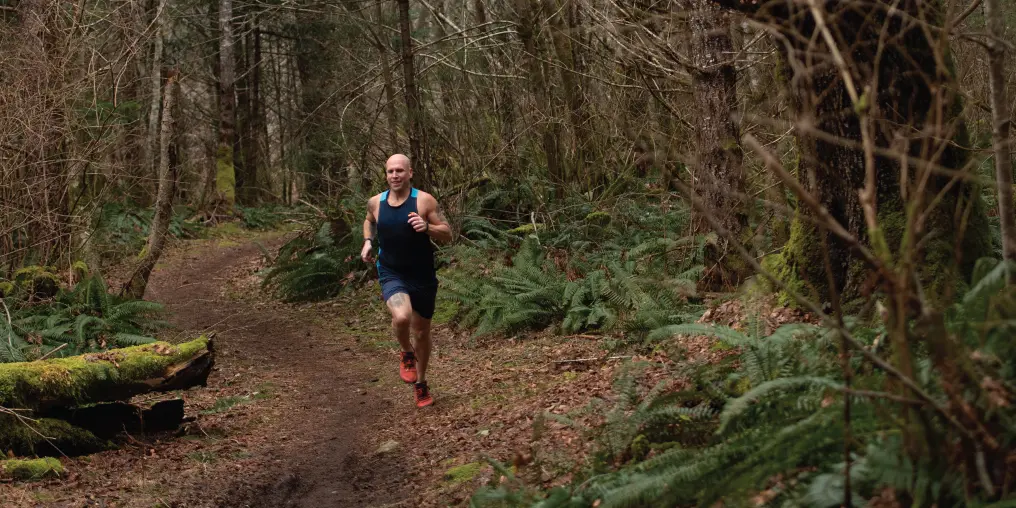My work for cetaceans began in the 1990s. Using my love of ocean sailing and racing as a platform, I raised awareness for issues like the slaughter of dolphins at Taiji, Japan, and later for the “Free Corky” campaign. I first met Corky, the orca, on a visit to SeaWorld San Diego in 1999.
I knew then orcas are highly intelligent, but later learned how advanced they truly are. Orcas have the second largest brain on the planet with more convolutions in the cerebral cortex and a larger limbic system than humans. This gives them immense brain power, emotions, social cognition, and emotional bonding. They live in matriarchal pods with all their offspring and stay with their mothers for life. Family is everything.
The longest-surviving captive Orca
Imagine the trauma for Corky when captured in 1969 at just four years old, in Pender Harbour, British Columbia, and taken from her mother. The stresses of captivity result in decreased health and a shortened lifespan for orcas, but Corky is an exception. She is the longest-surviving captive orca in the world. And she deserves a chance to return home to an improved quality of life. This is what Double Bay Sanctuary can provide.
Paul Spong, founder of OrcaLab, has led the campaign for Corky and, over the years, has identified possible “halfway house” bays for Corky to live in, such as Dong Chong Bay on Hanson Island. But Double Bay has the infrastructure of the fishing resort, making it the best and largest protected bay for a sanctuary. In 2018, the bay went up for sale, and I saw its potential—despite old rotting foundations and decks, and an obsolete septic system. I had the money available, and went for it!
Repurposing the Double Bay facility
Repurposing the facility has been a much longer and more expensive endeavour than expected. Two years of COVID restrictions and a year of cancer treatment (now in remission) slowed progress. But we persevered, and, with an onsite team led by sanctuary manager Nicolette Audy, we are nearing completion.
The rebuild features four cabins, complete with kitchens, to house a SeaWorld team of veterinarians, trainers, and support staff, along with 12 guest rooms, a large lounge with kitchen and dining room, a library/interpreter centre, and office space for operational needs.
It is also completely solar-powered and equipped with a backup generator. The composting toilet and grey water system, without land processing or bay discharge, is taking longer to complete.
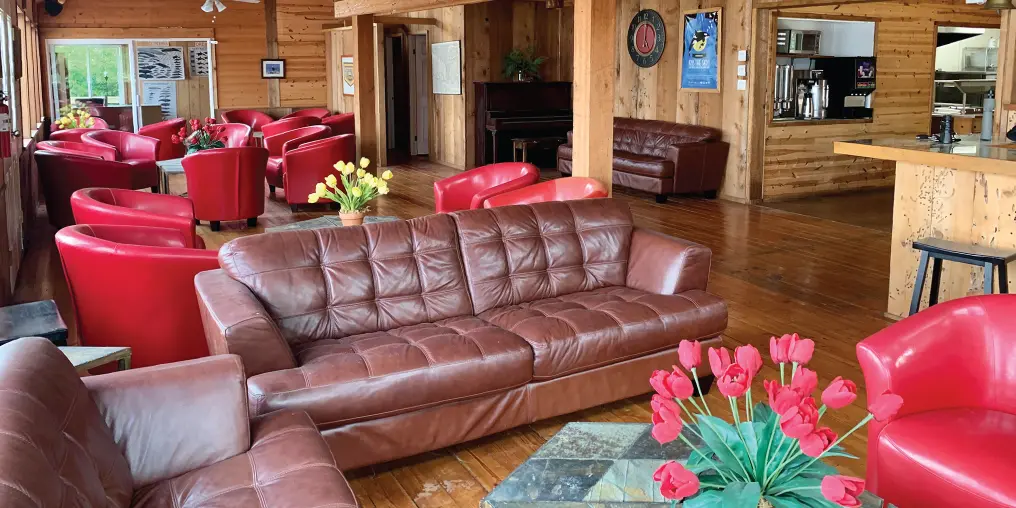
Our vision for Corky
Our vision for Corky is for her, and a companion orca, to live in a 15-acre double-netted enclosure in the protected water behind the islets in Double Bay. This area will include a feeding station and a medical facility on a floating dock. Corky will enjoy more space, depths up to 75 feet, natural seawater with all its native features like rocks, kelp, fish, and other marine life, and will be able to feel the changing tides and currents. Corky will have all the benefits of continuity of medical care, feeding, and caretaking that she currently has at SeaWorld. The enclosure will prevent physical contact with wild orcas or other marine life and any possible transmission of pathogens. Corky will be required to pass rigid medical exams for clearance before being transported to Double Bay.
Double Bay opens to Blackfish Sound, a location frequented by Northern Resident Orcas, including Corky’s A5 pod family. It is believed they would be in acoustic communication with Corky and can reconnect in this way. There is no plan for a release of Corky to her family. At 59 years old, with the majority of those years spent in captivity, she may lack the survival skills needed for life at sea. Instead, the safest and best quality of life for her is a sanctuary like Double Bay with a companion orca and all the care she needs for the rest of her life.
What is best for Corky is our primary goal, and we are open to discussion and ideas on what that is. She is now over the average life expectancy for a wild female orca, although some females are known to live to be 100 years old.
Proposal to SeaWorld remains unanswered
For the past two years, we have reached out to SeaWorld management with an offer to meet and present our proposal. We have not heard back, and continue to seek a meeting that includes open and respectful discussions. We look forward to finding ways to come together and form a beneficial relationship that forges a path to Corky’s retirement at Double Bay Sanctuary.
We also seek the necessary federal, provincial, and local permits from governing bodies.
In addition to seeking the necessary federal, provincial, and local permits from governing bodies, we wish to obtain consent from the appropriate First Nations. We have started engagement with the ’Namgis First Nation on our approach to the repatriation of Corky and look forward to a lasting and meaningful relationship with them.
Two non-profits have been established to further funding and the decision-making process in both Canada and the US. This complex undertaking has been a steep learning curve for me. But, good progress has been made on many fronts. It’s time to bring Corky home.
To learn more about Double Bay Sanctuary and how to help, please visit doublebaysanctuary.org.

